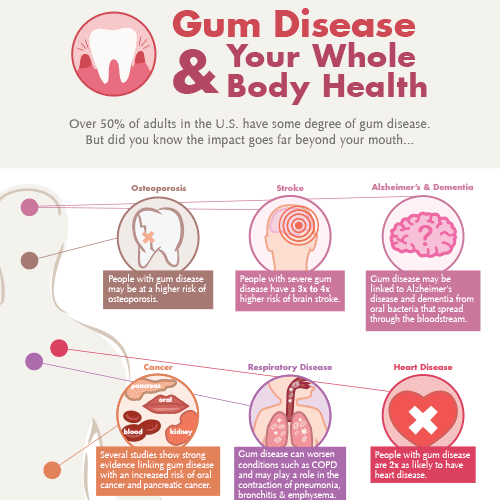Osteoporosis and periodontitis are both common diseases that affect your body’s bone structure. Osteoporosis is a degenerative  skeletal disease, causing your bones to reduce in mass, weaken and generally become more brittle. Periodontitis starts with a bacterial infection and your body’s response to the infection, beginning specifically in the mouth. The diseases share key risk factors – age, cigarette use, genetics and hormonal changes. Vitamin D and calcium deficiencies, long associated with osteoporosis, may also be a risk factor for gum disease.
skeletal disease, causing your bones to reduce in mass, weaken and generally become more brittle. Periodontitis starts with a bacterial infection and your body’s response to the infection, beginning specifically in the mouth. The diseases share key risk factors – age, cigarette use, genetics and hormonal changes. Vitamin D and calcium deficiencies, long associated with osteoporosis, may also be a risk factor for gum disease.
Estrogen, testosterone, cortisol, and thyroid hormones all help keep your bone production and density in balance. When the mix of hormones changes, it disrupts the balance and can also impact inflammation.
The biggest commonality between gum disease and osteoporosis is in post-menopausal women. While both diseases are more common in older patients, the prevalence is even greater in older women. The reduction of estrogen produced by the body after menopause, e.g. the risk factor of “hormone changes”, impacts both diseases. Post-menopausal women have greater alveolar bone loss (gum disease) and less bone density (osteoporosis) than women who are still menstruating.
The effects of another hormone, parathyroid hormone (PTH), is starting to be studied.. This hormone increases bone resorption to ensure proper levels of calcium in the bloodstream. PTH may control bone hemostasis by controlling the pathways of inflammation and affecting healing and regeneration.
While discussions about the link between the two diseases started in the 1960’s; periodontal disease is multi-factorial with the main cause being plaque formation on the teeth that allows harmful bacteria a place to grow and flourish. Osteoporosis can’t be the reason you get gum disease, but it can contribute to the persistence of the disease.

